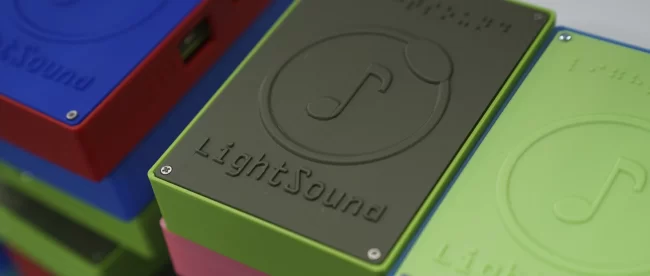Accessible Solar Eclipse Experience: Innovations for the Visually Impaired on April 8th
In anticipation of the total solar eclipse on April 8th, a concerted effort is underway to ensure that individuals who are blind or visually impaired can experience this astronomical phenomenon in a meaningful way. Innovative technologies, such as sound and touch devices, have been developed to translate the visual aspects of the eclipse into sensory experiences that can be heard and felt. One such device, the LightSound box, converts the varying light levels during the eclipse into a range of sounds, from the high pitches representing bright sunlight to the low clicks signifying total darkness, enabling people with visual impairments to “hear” the eclipse unfold.
Significantly, there is a collaborative push to distribute these devices on a large scale. A notable initiative led by astronomers Wanda Díaz-Merced, who is blind, and Allyson Bieryla from Harvard, aims to distribute at least 750 LightSound boxes to various institutions across Mexico, the U.S., and Canada. This initiative has mobilized workshops at universities and museums to build these devices, and the organizers have also made DIY instructions available online to broaden access. This large-scale distribution effort underscores a strong commitment to inclusivity, ensuring that the awe-inspiring experience of a solar eclipse is accessible to those who might otherwise be unable to experience it visually. Moreover, tactile technology is being employed to provide a touch-based experience of the eclipse. Devices like the Cadence tablet, which feature dynamic dots that simulate the eclipse’s progression through touch, are being introduced to students at schools for the blind and visually impaired.
Other Accessible Options
The Eclipse Soundscapes app is part of a broader ecosystem of initiatives designed to make solar eclipses accessible to individuals with disabilities, including the tactile “Rumble Maps” for sensory exploration and descriptive audio for those with vision loss. Even though it’s not funded for the upcoming solar eclipse on April 8, 2024, it can still be downloaded and used for free by those who may not have access to other options. Complementing this, the Eclipse Soundscapes Project also offers citizen science opportunities with accessible AudioMoth devices. Additionally, institutions like the Exploratorium and the Museum of Discovery are enhancing accessibility with live musical sonifications and educational resources, and NASA’s livestream offers a digital viewing option complemented by tactile resources like the “Getting a Feel For Eclipses” braille book.
Such efforts are pivotal in creating a more inclusive environment, enabling individuals with visual impairments to participate in and celebrate this rare celestial event alongside their sighted peers. As organizations and communities come together to provide these accommodations, it’s crucial for us to spread awareness and ensure that everyone, irrespective of their physical abilities, has the opportunity to witness and enjoy the splendor of the solar eclipse. This collective endeavor not only enriches the experience for individuals with disabilities but also fosters a more inclusive society that values equal access to the wonders of our universe.
Source: AP News, Perkins School for the Blind
Additional Reading – Interview: Allyson Bieryla and Sóley Hyman of the LightSound Project
ChatGPT, a potential tool for increased accessibility, was used as a research and writing aid for this blog post. Do you think this is an appropriate use of chatGPT? Why or why not? Let me know!


Leave a comment